This article was co-authored by Sari Eitches, MBE, MD. Dr. Sari Eitches is an Integrative Internist who runs Tower Integrative Health and Wellness, based in Los Angeles, California. She specializes in plant-based nutrition, weight management, women's health, preventative medicine, and depression. She is a Diplomate of the American Board of Internal Medicine and the American Board of Integrative and Holistic Medicine. She received a BS from the University of California, Berkeley, an MD from SUNY Upstate Medical University, and an MBE from the University of Pennsylvania. She completed her residency at Lenox Hill Hospital in New York, NY and served as an attending internist at the University of Pennsylvania.
There are 8 references cited in this article, which can be found at the bottom of the page.
This article has been viewed 34,218 times.
Feeling tired, or needing a way to relax? Napping offers a variety of benefits, including reduced fatigue, increased alertness, better mood, and improved performance.[1] Choosing the time of day and length of your nap will help reduce grogginess and sluggishness for the rest of your day. Prepare your environment and your mind to get the most out of your nap.
Steps
Choosing the Time and Length of Your Nap
-
1Plan a nap into your day. Planning ahead for a time in your day when your body can catch up on zzz’s will help your body prepare for sleep when it comes. Additionally, just knowing a nap is coming is enough to lower your blood pressure. [2]
- If possible, plan to have a nap every day. Having a regularly scheduled nap will help your body adjust to the routine and make it easier to fall asleep.
- If you have trouble working in a nap, consider short amounts of free time like breaks between classes, your lunch hour, or even a five or ten minute break from work. People take breaks to smoke, so why shouldn't you take a break to nap?
-
2Decide what time your nap should be. If you were entirely free to plan your day and had no commitments, what time would you naturally get up and go to sleep? Sticking as close as you can to your body’s natural rhythm will help you feel like you get the most out of your sleep.[3]Advertisement
-
3Decide how long your nap should be. The length of your nap depends on how long you have to sleep, and how alert you want to be after you wake up.[6] Taking a short nap can be energizing, but a long nap may cause you to fall into a deep sleep that's hard to wake from.
- Naps of 20-30 minutes can help to improve mood, alertness and performance, without the grogginess that results from longer sleep. [7]
- When your nap is under 45 minutes, you spend most of the time in Stage 2 sleep, which can increase concentration and alertness, sharpen motor skills, and elevate your mood while minimizing "sleep inertia" (the feeling of grogginess and disorientation after waking). [8]
- If you sleep 45 minutes or more, your body will slip into a deep, slow-wave sleep. When you wake from this sleep, you may experience sleep inertia (the feeling of grogginess and disorientation after waking), though it will help if you’re feeling behind on sleep (though not as much as sleeping 90 minutes or more).[9]
- A full sleep cycle takes at least 90 minutes. Napping for 90 minutes or longer will reduce sleep inertia, because you will wake from REM sleep.[10]
Preparing for a Great Nap
-
1Find a safe and comfortable place to sleep. Don’t waste a lot of time trying to get to sleep; find a place where you can lie down and stay comfortable. Lying down is best; it can actually take 50 percent longer for you to fall asleep while sitting upright.[11]
- If you're at home, the obvious place to nap is your bed. At work or school, see if you can use an unoccupied room with a couch. Sneaking away to your car is also an option.
- Plan to use the same spot every day. You'll start thinking of it as your napping spot, making it easier to fall asleep quickly.
-
2Cover yourself lightly. A light covering can help you fall asleep. If it's hot outside, a sheet provides comfort without the weight of a blanket. No matter the weather, don’t use a heavy blanket for napping; excess warmth can make you oversleep.[12]
-
3Go to the bathroom. Don't let a full bladder wake you up while you are sleeping; use the bathroom before you lie down. Make this part of your daily napping routine. While you're in the bathroom, you might want to wash your face and make other preparations to make your body more comfortable, just as you might before going to bed at night.
- Consider brushing your teeth if you're napping after lunch.
- You may want to change your clothes, too. If you're not at home, take off your shoes and socks at the very least.
-
4Lock the door. If you are worried you might be disturbed, lock the door. You can put a sign outside the door letting others know when you will be available. Once the door is locked, you'll be able to rest more easily, since you won't be anticipating someone walking in.
-
5Silence your phone. Take a break from answering calls. You will still be able to use the alarm function on the phone even if it is silenced or on vibrate. It's important to silence your phone, even if you aren't expecting a call, so you can forget about the possibility that it might ring.
-
6Reduce noise and light.[13] Keeping light and noise to a minimum will help you get to sleep and stay asleep.[14] If you don't have blinds or curtains on the window, put a sheet over it so you can block out the light. If you are unable to control your environment, use a sleep mask or noise-canceling earbuds to reduce noise and light.
-
7Clear your mind. Our thoughts and worries always seem to get louder when we lie down to fall asleep. Try different exercises to quiet your mind.[15] Making a habit of doing these exercises will help lull you to sleep more quickly. .
- Use a mantra, a short repeated phrase, to center your mind.
- Visualize a relaxing place like a beach or a forest to help clear your thoughts.[16]
- Count sheep.
-
8
Expert Q&A
-
QuestionWhat can I do to prepare for a nap?
 Sari Eitches, MBE, MDDr. Sari Eitches is an Integrative Internist who runs Tower Integrative Health and Wellness, based in Los Angeles, California. She specializes in plant-based nutrition, weight management, women's health, preventative medicine, and depression. She is a Diplomate of the American Board of Internal Medicine and the American Board of Integrative and Holistic Medicine. She received a BS from the University of California, Berkeley, an MD from SUNY Upstate Medical University, and an MBE from the University of Pennsylvania. She completed her residency at Lenox Hill Hospital in New York, NY and served as an attending internist at the University of Pennsylvania.
Sari Eitches, MBE, MDDr. Sari Eitches is an Integrative Internist who runs Tower Integrative Health and Wellness, based in Los Angeles, California. She specializes in plant-based nutrition, weight management, women's health, preventative medicine, and depression. She is a Diplomate of the American Board of Internal Medicine and the American Board of Integrative and Holistic Medicine. She received a BS from the University of California, Berkeley, an MD from SUNY Upstate Medical University, and an MBE from the University of Pennsylvania. She completed her residency at Lenox Hill Hospital in New York, NY and served as an attending internist at the University of Pennsylvania.
Integrative Internist Be sure to make your room as dark and quiet as possible so you're able to get better sleep.
Be sure to make your room as dark and quiet as possible so you're able to get better sleep. -
QuestionHow do I make myself nap?
 Sari Eitches, MBE, MDDr. Sari Eitches is an Integrative Internist who runs Tower Integrative Health and Wellness, based in Los Angeles, California. She specializes in plant-based nutrition, weight management, women's health, preventative medicine, and depression. She is a Diplomate of the American Board of Internal Medicine and the American Board of Integrative and Holistic Medicine. She received a BS from the University of California, Berkeley, an MD from SUNY Upstate Medical University, and an MBE from the University of Pennsylvania. She completed her residency at Lenox Hill Hospital in New York, NY and served as an attending internist at the University of Pennsylvania.
Sari Eitches, MBE, MDDr. Sari Eitches is an Integrative Internist who runs Tower Integrative Health and Wellness, based in Los Angeles, California. She specializes in plant-based nutrition, weight management, women's health, preventative medicine, and depression. She is a Diplomate of the American Board of Internal Medicine and the American Board of Integrative and Holistic Medicine. She received a BS from the University of California, Berkeley, an MD from SUNY Upstate Medical University, and an MBE from the University of Pennsylvania. She completed her residency at Lenox Hill Hospital in New York, NY and served as an attending internist at the University of Pennsylvania.
Integrative Internist Try getting yourself into a state of relaxation by clearing your mind. You could jot down your worries, visualize a calm scene, or do a count down.
Try getting yourself into a state of relaxation by clearing your mind. You could jot down your worries, visualize a calm scene, or do a count down.
Warnings
- Be careful to not oversleep.⧼thumbs_response⧽
- Don't sleep with a television on. If you need noise to sleep, listen to quiet relaxing music.⧼thumbs_response⧽
- Don't sleep with your cell phone by you.⧼thumbs_response⧽
References
- ↑ https://sleepfoundation.org/sleep-topics/napping
- ↑ http://archive.boston.com/bostonglobe/ideas/naps/
- ↑ http://archive.boston.com/bostonglobe/ideas/naps/
- ↑ http://www.csmonitor.com/Science/2010/1112/Are-you-an-owl-or-a-lark-A-chronotype-quiz/If-you-were-entirely-free-to-plan-your-evening-and-had-no-commitments-the-next-day-at-what-time-would-you-choose-to-go-to-bed
- ↑ http://io9.gizmodo.com/the-secrets-of-highly-efficient-napping-1680906145
- ↑ http://archive.boston.com/bostonglobe/ideas/naps/
- ↑ https://sleepfoundation.org/sleep-topics/napping
- ↑ http://archive.boston.com/bostonglobe/ideas/naps/
- ↑ http://archive.boston.com/bostonglobe/ideas/naps/
- ↑ http://archive.boston.com/bostonglobe/ideas/naps/
- ↑ http://archive.boston.com/bostonglobe/ideas/naps/
- ↑ http://archive.boston.com/bostonglobe/ideas/naps/
- ↑ Sari Eitches, MBE, MD. Integrative Internist. Expert Interview. 3 April 2020.
- ↑ http://www.health.harvard.edu/newsletter_article/napping-may-not-be-such-a-no-no
- ↑ Sari Eitches, MBE, MD. Integrative Internist. Expert Interview. 3 April 2020.
- ↑ https://www.thedailymeditation.com/mantras-for-sleep
- ↑ Sari Eitches, MBE, MD. Integrative Internist. Expert Interview. 3 April 2020.
- ↑ http://www.helpguide.org/articles/sleep/how-to-sleep-better.htm

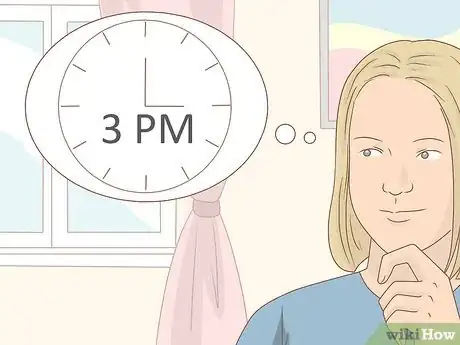
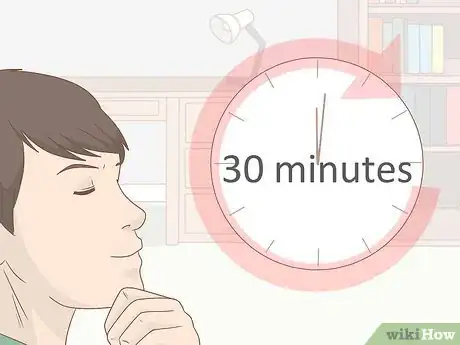
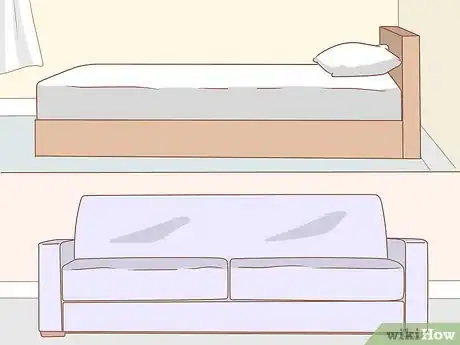

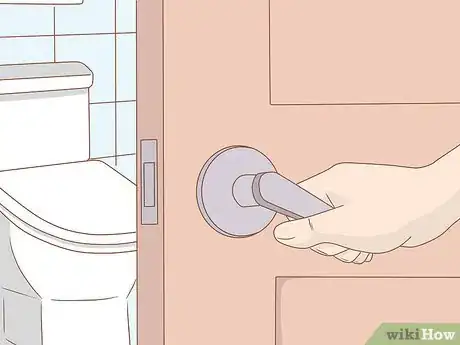
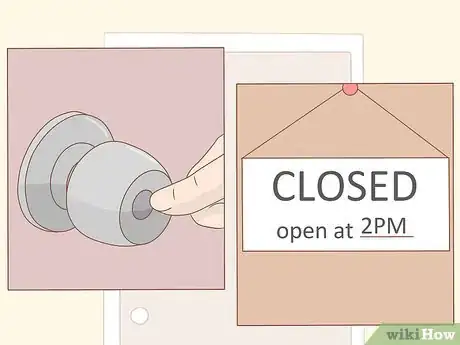
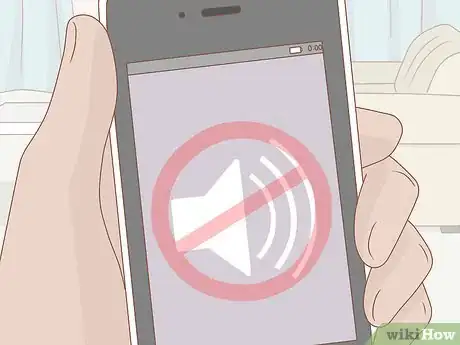
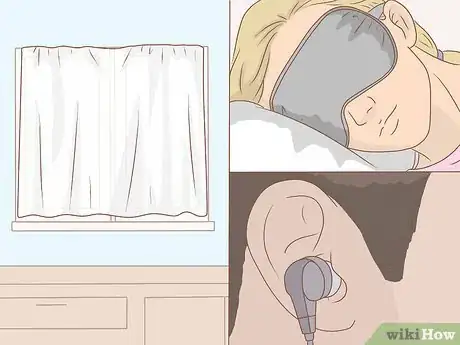

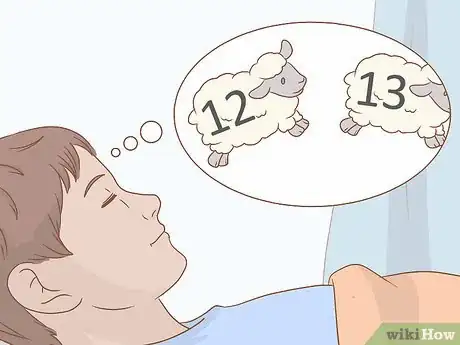
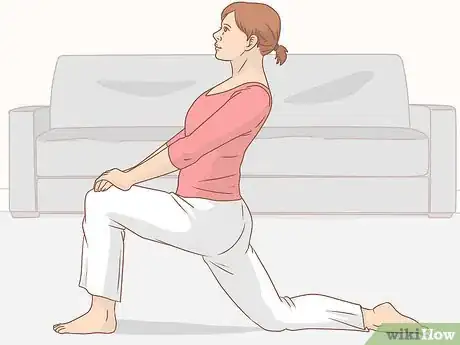


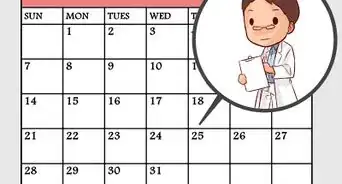








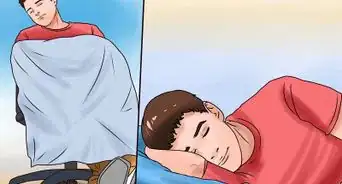
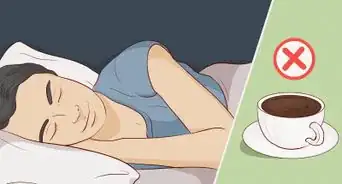










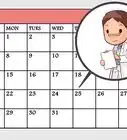




































Medical Disclaimer
The content of this article is not intended to be a substitute for professional medical advice, examination, diagnosis, or treatment. You should always contact your doctor or other qualified healthcare professional before starting, changing, or stopping any kind of health treatment.
Read More...